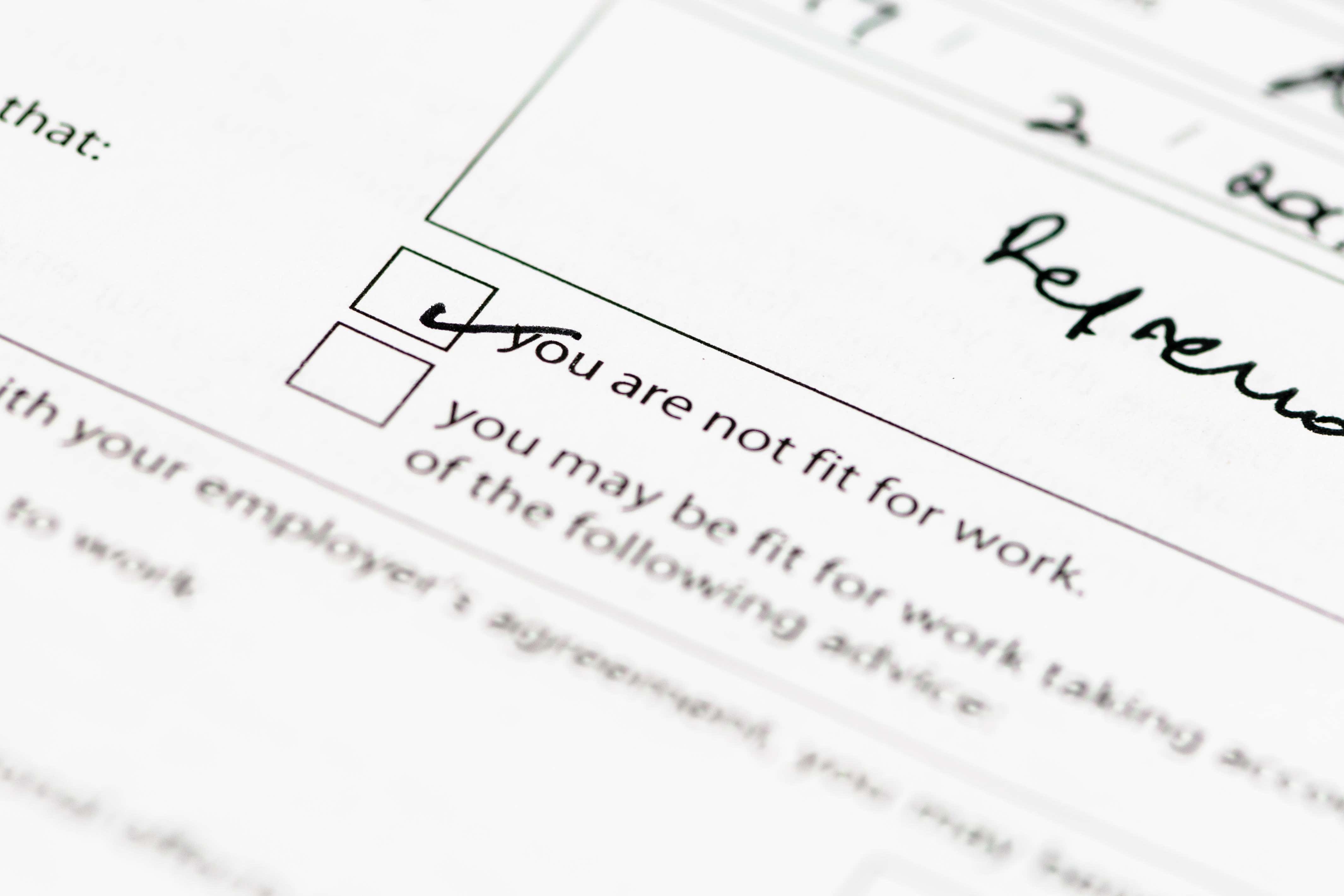Near record 2.7 million working-age adults are too sick to work, says think tank
It is the longest sustained rise since 1994-1998, said the Resolution Foundation.

Britain is in the midst of the longest sustained rise in sickness-related inactivity since the 1990s, according to research.
Economic inactivity because of long-term sickness has increased on an annual basis since July 2019, the longest sustained rise since 1994-1998, said the Resolution Foundation.
The think tank said its study found that a near record 2.7 million working-age adults are too sick to work, with increases concentrated among the youngest and oldest workers.
Younger and older people together account for nine-tenths of the rise in overall economic inactivity
While the labour market is returning to normal in terms of pay growth, vacancies and unemployment after a “tumultuous” few years, the Covid-19 pandemic has left an “alarming” legacy of rising long-term sickness, said the report.
The number of working-age adults economically inactive due to ill health rose from 2.1 million in July 2019 to a peak of 2.8 million by October 2023, before falling slightly to 2.7 million in December 2023, the foundation reported.
The rise in long-term sickness means that the UK is the only G7 economy not to have returned to its pre-pandemic employment rate, according to the research.
The foundation said the upward trend in long-term sickness started before the pandemic and has lasted for 54 months.
The longest previous period of increasing economic inactivity due to ill health was for 55 months, between 1994 and 1998.
Louise Murphy, senior economist at the Resolution Foundation, said: “Britain’s labour market is finally returning to normal, but the Covid-19 pandemic has left an alarming legacy of the longest sustained rise in sickness-related inactivity since the 1990s. As a result, 2.7 million people are now too sick to work.
“Younger and older people together account for nine-10ths of the rise in overall economic inactivity, which could have serious effects both on individuals’ living standards and career paths, as well as wider strains on the NHS and welfare spending if we fail to improve the nation’s health and reduce economic inactivity.”
Shazia Ejaz, the recruitment and employment confederation director of campaigns and research, said: “Our own research suggests a continued failure to overcome labour shortages will cost the economy up to £39 billion every year in less GDP and productivity.
“So, the inactivity problem needs to be addressed with urgency.”
Liz Kendall, shadow work and pensions secretary, said: “A healthy nation is critical to a healthy economy, but the Tories have completely failed on both.
“14 years of Tory economic failure has left millions of people locked out of work due to long-term sickness at terrible cost to them, to business and to taxpayers facing a spiralling benefits bill.
“Labour’s plan will tackle the root causes of worklessness by driving down NHS waiting lists, reforming social security, making work pay and supporting people into good jobs across every part of the country.”
A Department for Work and Pensions spokesperson said: “Our plan for the economy is working.
“Inflation is down to 3.4%, employment is up, the number of people on payrolls is at a record high, and inactivity is falling.
“We’ve reduced the number of workless households by one million since 2010.
“Our £2.5 billion Back to Work plan will help break down barriers to work for over a million more people and our recent Budget measures are estimated to boost the labour force by an extra 300,000 workers.”
Bookmark popover
Removed from bookmarks